2024 Inventory Count: April 23rd – April 30th, normal operations resuming on May 1st. All orders placed after cut-off will be processed the week of May 1st. More information.
Home / Ditch the Dirt with Water-Culture Hydroponic Systems
Home / Ditch the Dirt with Water-Culture Hydroponic Systems
Home / Ditch the Dirt with Water-Culture Hydroponic Systems
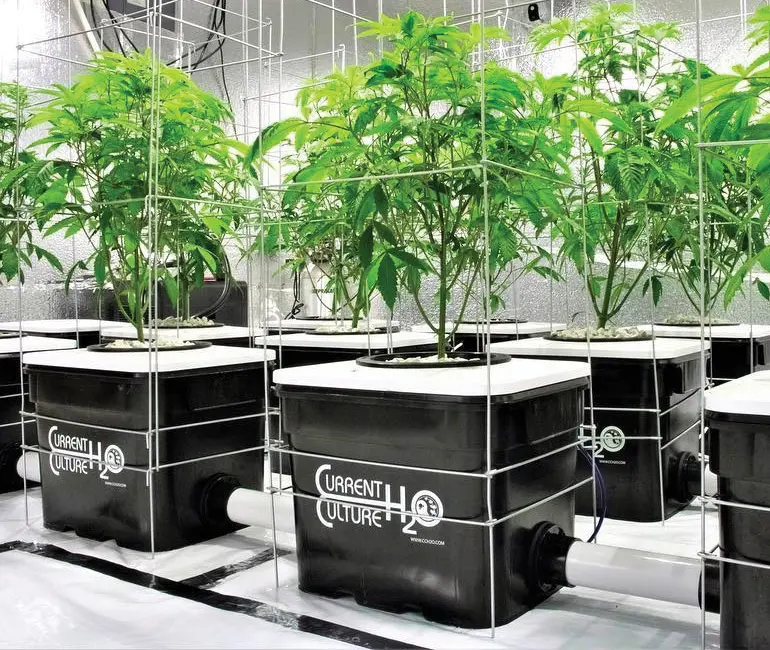
Anybody who has grown plants indoors, on any scale, knows that one of the most tedious jobs is the mess and work associated with bringing dirt indoors. Not only are soils and soilless media cumbersome and messy, but they can also become downright expensive over long periods of time. Experienced growers may also be painfully aware that their growing media can be a source of problems, particularly when it comes to harbouring pests and their eggs – the two-spotted spider mite is the bane of the indoor farmer. In some instances, no amount of spraying may ever totally rid the grow room of these and other pests when they have plenty of room to hide and regroup in the growing media below the plant canopy. Additionally, the surface of the growing media may also hold mould spores; it is well-known that dirt media gives way to blights and mildews in the garden, as these potential hazards have a natural habitat from which to launch their crop-damaging assault. The list of the evident disadvantages of growing in dirt goes on – we haven’t even begun to discuss the hassle of removing and disposing of used, root-bound soil.
Hydroponic systems, particularly water-culture systems like the Under Current RDWC (Re-Circulating Deep Water Culture), help to eliminate the problems touched on above, while simultaneously offering a full spectrum of advantages not had by soil or other media-based gardens. Advantages such as crop quality, steer-ability, and economical savings are just a few potential benefits afforded to hydroponic systems. Indoor gardens supported by automated hydroponics can expect these advantages over soil-based gardens because water-based systems give bare-rooted plants a clean and highly aerated environment system in which to grow. A continuation of the potential advantages of deep water-culture systems are detailed in the list below.
The most agreed upon advantage of growing completely hydroponically is the tendency for a particular garden to produce higher quality crops than those typically grown in soil. While this tends to initiate some debate among growers, anybody who has sampled a true water-culture flower (flower produced without growing medium) is more often than not, blown away by the quality. When you taste water-culture grown crops you are tasting the plant, not the soil or funky crop nutrient additives.
Most of what we like to taste in plants comes from the essential oils they produce. These are typically referred to as terpenes or “terps”. Terps are also highly sought after and valued by those in the business of producing or enjoying concentrates extracted from crop harvests. Professional level extractors often prefer working with clean water-culture-produced harvests because there is little in the way of impurities. Additionally, these crops produce the best colours, tastes, potency levels and other qualities in their final stages of extraction.
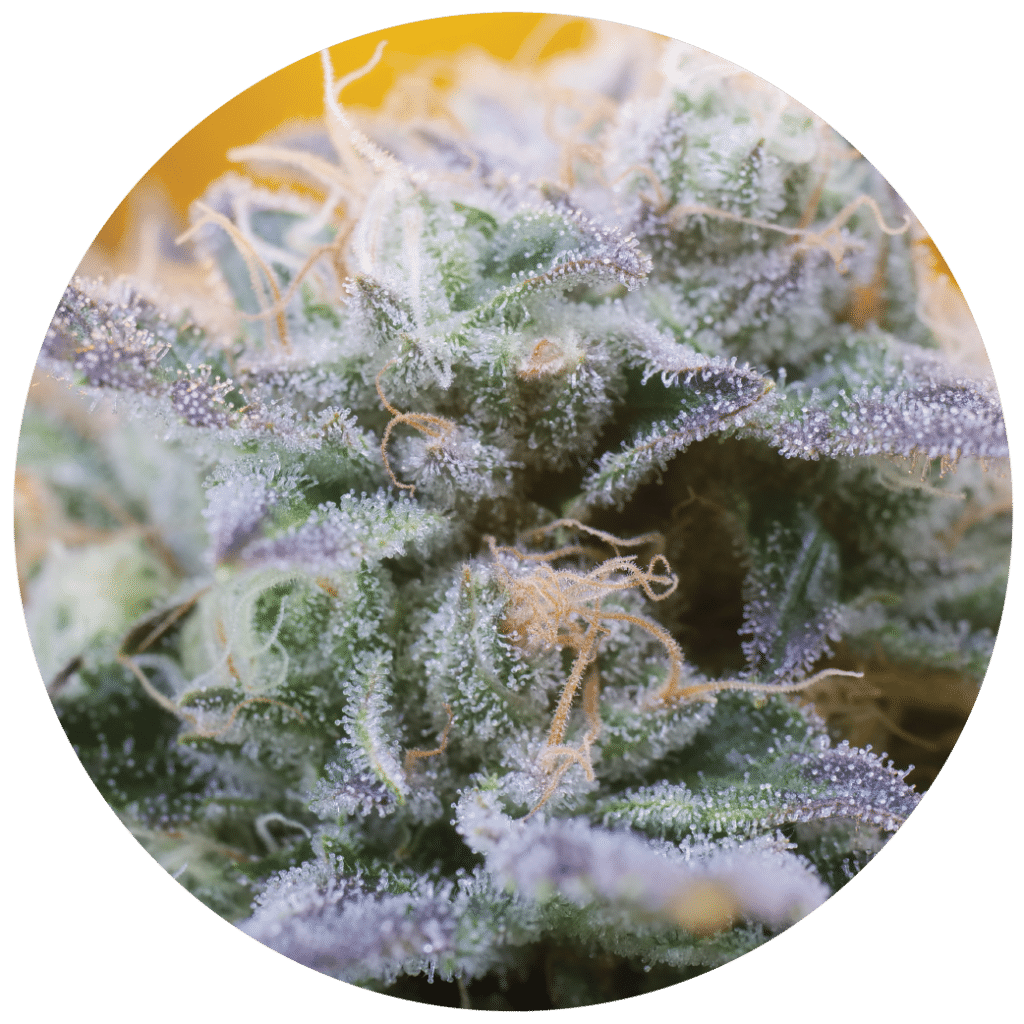
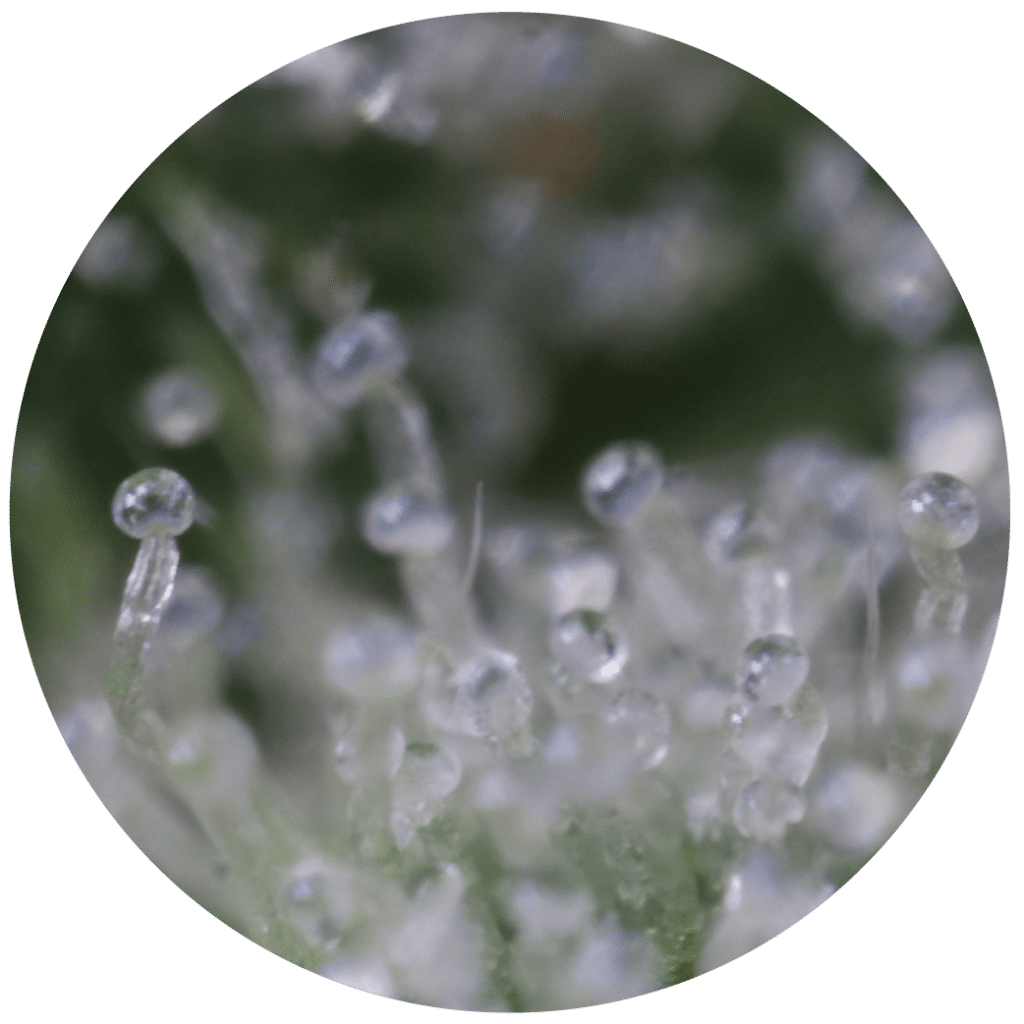
Water-culture grown flowers are often noted to have a more profound “nose” and better coloration. Again, from the simple fact that what you are enjoying is pure plant material with little to no impurities. That’s the key fundamental difference between growing in soil and growing in water, as water-culture is intended to bring out the very best in naturally occurring plant genetics by simply using clean water, oxygen and pure plant-available elements – no man-made extras needed.
While soil and soilless methods of growing are about feeding the medium, water-culture growing is about directly feeding the plant. With this fact in mind, the benefits of water-culture are evident when attempting to produce a quality-driven harvest; additionally, having the ability to supply and manipulate crop nutrition gives the grower a significant advantage in being able to steer or direct crop development at any growth stage.
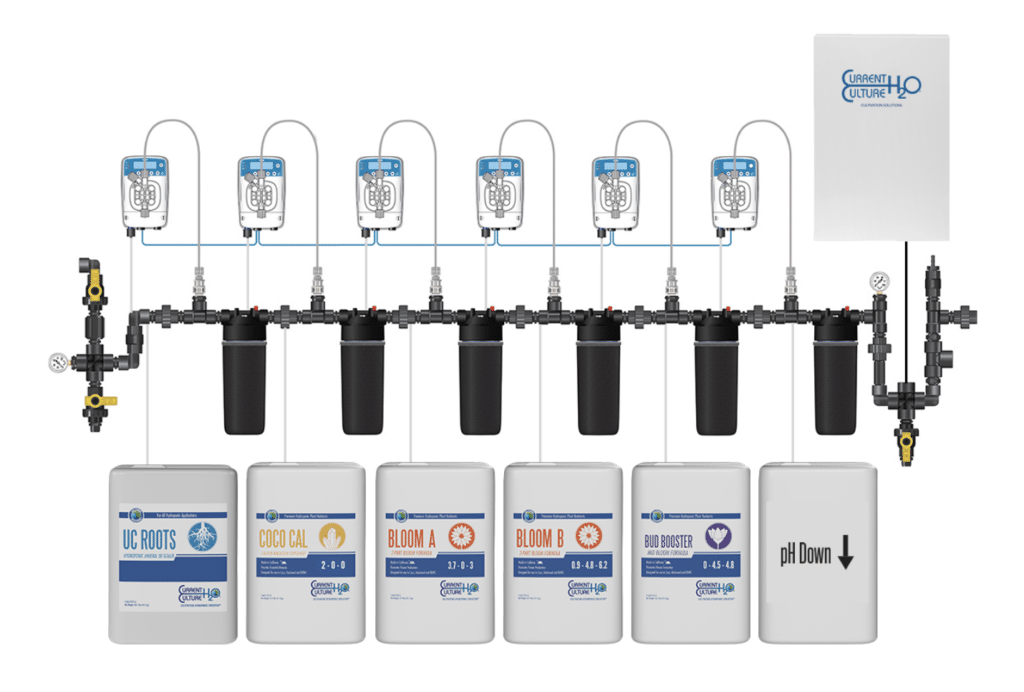
With nothing but clean water and a highly oxygenated nutrient solution, changes in the crop feeding program can be observed within hours, rather than days or weeks. By following a proven feeding program and utilizing high-quality nutrients like Cultured Solutions, the grower is in complete control of nutrient strengths, ratios and pH levels. When coupled with good plant genetics and a healthy growing environment, there is nothing but rigorous growth awaiting plants in water-culture. All of the plant’s needs are being met precisely and measurably, and good results are repeatable and transferable. One way to look at water-culture is that it is like a formula rather than a recipe. Known inputs and methods will result in a predictable and desirable outcome versus more “hit or miss” approaches associated with conventional growing practices.
Did you know: Water culture grown crops thrive at lower EC levels and do not require any flushing prior to harvest for a super smooth and clean tasting finish in the final harvest.
Just because you have a bigger reservoir doesn’t mean that you use more water. The larger volume of nutrient solution associated with water-culture systems adds stability for crops; furthermore, EC and pH fluctuations are buffered, lending to healthier growth and less incidence of deficiencies or imbalances. Water culture systems like the Under Current RDWC system are accurately classified as closed-loop recirculating systems. This means that almost every drop of water used in the system is taken up by plants. Little or no moisture is lost to the surrounding air in a closed hydroponic system. Not only does this stack up to near 50% water use reduction per crop, but it also means that the grower has better control of the aerial environment; for example, no unwanted water vapour is being added to the grow room or greenhouse air from outside sources.
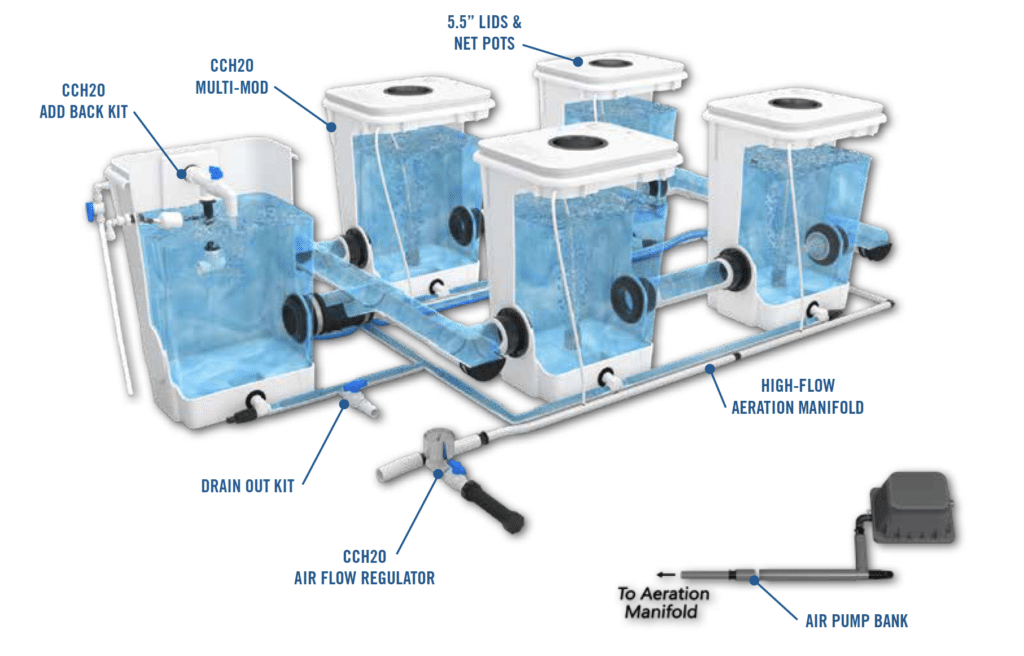
Having a tight hold on moisture in the system also makes measuring daily water use an accurate and invaluable crop diagnostic and management tool. Daily water use is easy to chart, and with this tool available in the garden, growers can measure water intake consumed directly by the crop; there is no guesswork as to how much was lost to evaporation versus crop nutrient solution uptake.
CCH2O is always pleased to lend direct support for custom grow room design and installations – there is no project too big. And by working with our partners at GreenPlanet Wholesale, you can bet you’ll receive nothing short of professional excellence in service, both before and after you buy.
This blog was written and provided in partnership with Current Culture H2O.
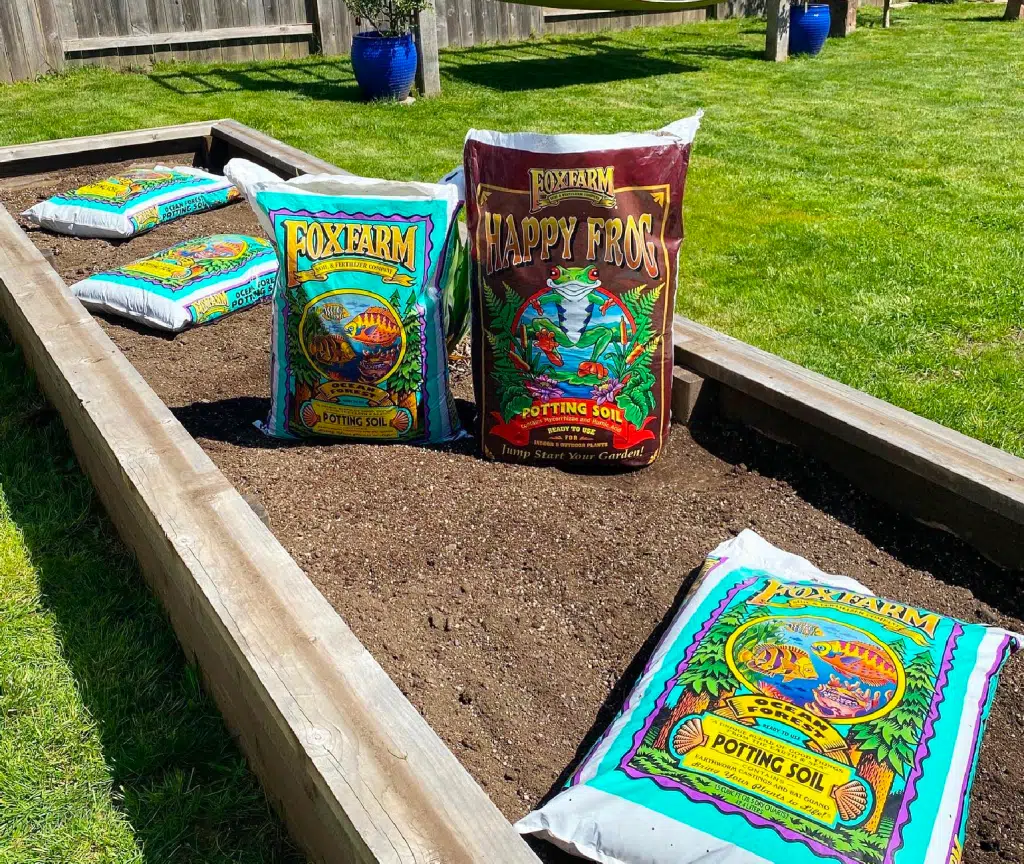
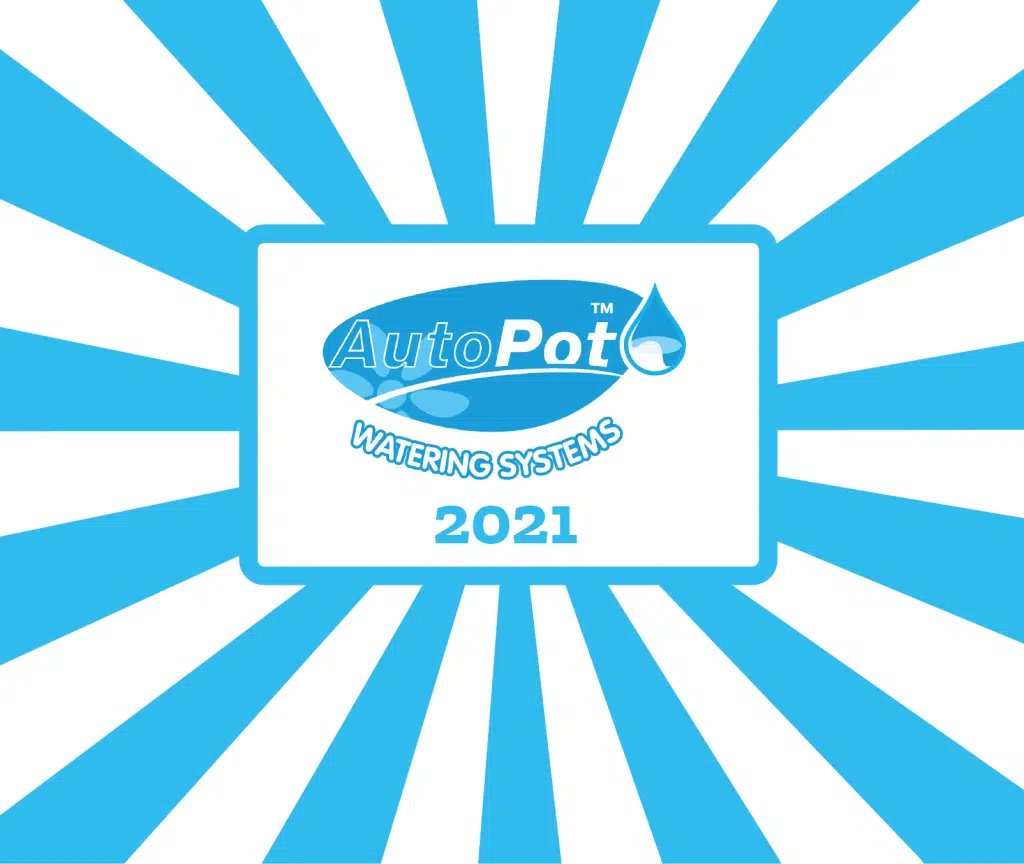
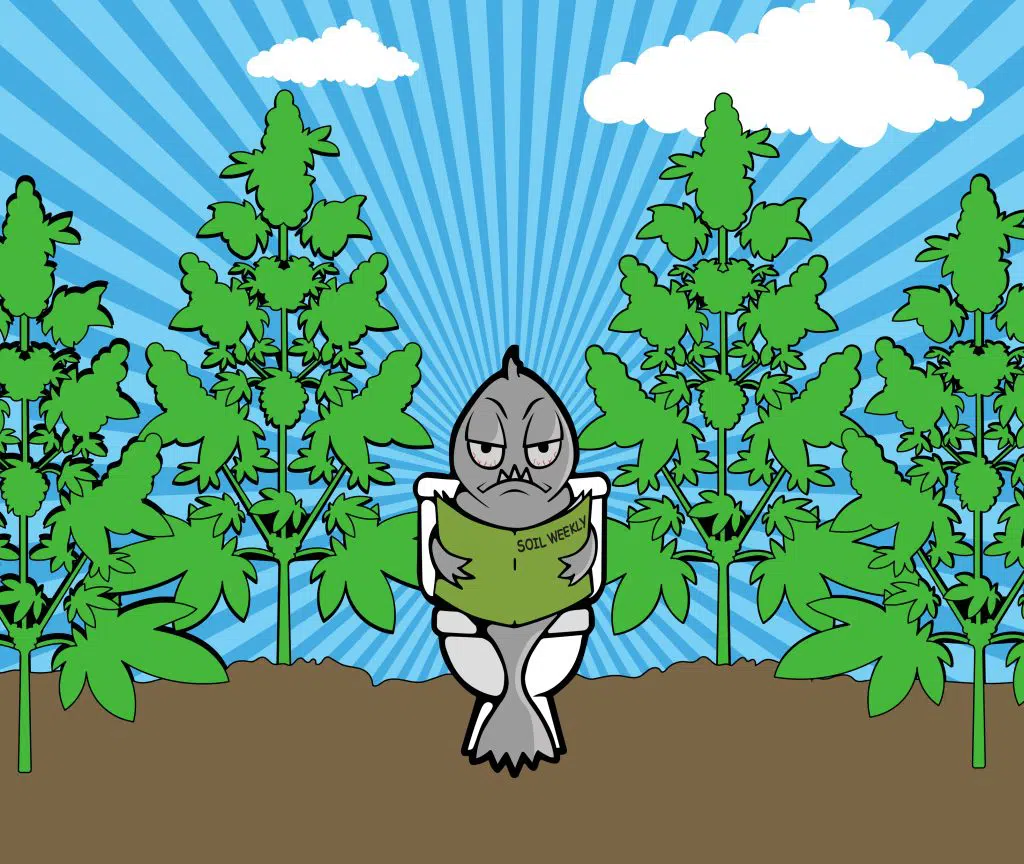
COPYRIGHT © 2023 GREEN PLANT WHOLESALE. ALL RIGHTS RESERVED.
WEBSITE MANAGED & HOSTED BY THE ELITEWEB.CoCOPYRIGHT © 2023 GREEN PLANT WHOLESALE. ALL RIGHTS RESERVED.
MANAGED BY THE WP LAB. POWERED BY ELITEWEB.CO
Monday: 8am – 4:30pm
Tuesday: 8am – 4:30pm
Wednesday: 8am – 4:30pm
Thursday: 8am – 4:30pm
Friday: 8am – 4:30pm
Saturday: Closed
Sunday: Closed
Week of Dec 18-22- Regular operating hours
Dec 25- Closed (Stat Holiday)
Dec 26- Closed (Non-Stat day off with pay)
Dec 27-29- Regular operating hours
Jan 1- Closed (Stat Holiday)
Jan 2-5- Regular operating hours